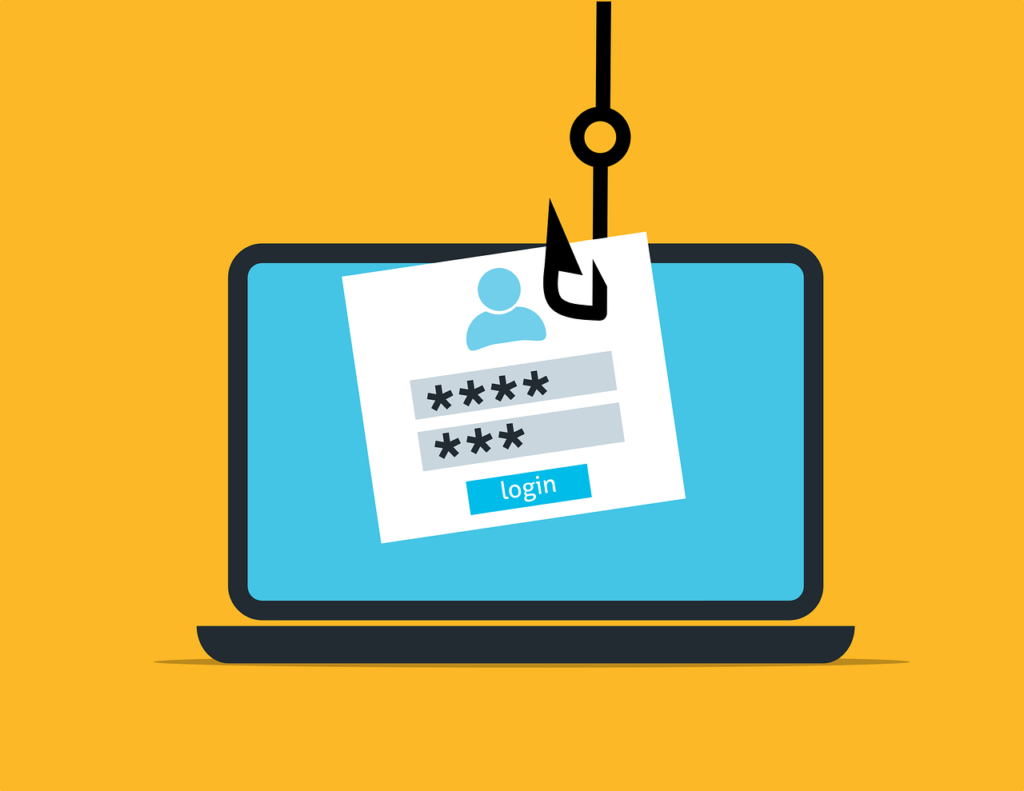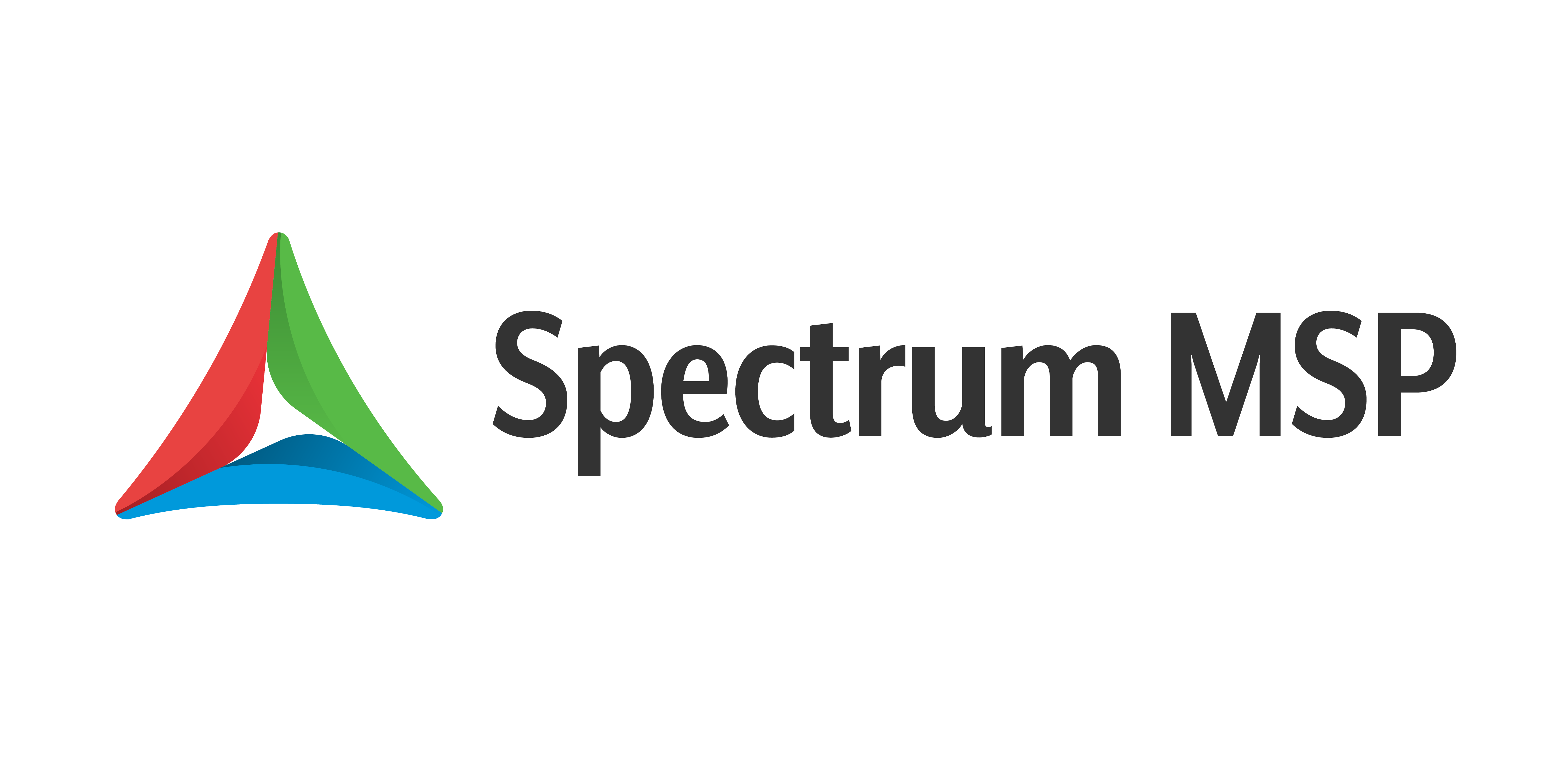
Understanding Credential Harvesting
In today’s interconnected digital landscape, the value of our personal data has never been higher. From bank accounts to social media profiles, we rely on usernames and passwords to safeguard our digital lives. This has given rise to an alarming cyber threat known as “credential harvesting.” But what is it, and why should you be concerned?
Credential harvesting is the illicit collection of user credentials, typically usernames and passwords. Cyber attackers employ various methods to deceive users into voluntarily providing their login details. The motive? To access personal, financial, or business data, commit fraud, or even perpetrate other cybercrimes like ransomware attacks.
Methods Employed
Several techniques are commonly used in credential harvesting:
Phishing: This is perhaps the most well-known method. Cybercriminals send deceptive emails, often imitating legitimate companies or service providers. These emails contain malicious links leading to fake login pages designed to capture credentials.
Keylogging: Here, malware is used to record the keystrokes of an unsuspecting user. Every time you type something, including passwords, it’s logged and later retrieved by attackers.
Credential Stuffing: Cybercriminals exploit the fact that many people reuse passwords across multiple sites. By using previously breached credentials, they try to gain unauthorized access to other platforms.
Man-in-the-Middle Attacks: Attackers intercept communication between two parties (e.g., a user and a bank) to steal data, often without either party realizing it.
Protecting Yourself
Stay Alert: Always be skeptical of unexpected emails, especially those prompting you to click on links or provide personal information. Check the sender’s email address carefully. If in doubt, contact the company directly through official means.
Unique Passwords: Avoid reusing passwords. Consider using a password manager to keep track of complex and unique passwords for every account.
Multi-Factor Authentication (MFA): MFA adds an extra layer of security, requiring users to verify their identity through another method besides just a password.
Regularly Update Software: Many cyber attacks exploit vulnerabilities in outdated software. Ensure all your applications, especially security software, are up to date.
Stay Informed: Familiarize yourself with the latest cyber threats and trends. Being informed is your first line of defense.
Credential harvesting is a stealthy yet pervasive threat in our digital era. By understanding its methods and adopting a proactive approach to cybersecurity, individuals and organizations can mitigate risks and safeguard their invaluable digital assets. Remember, in the age of information, knowledge is power, but the key to that power is often a simple username and password. Protect them diligently.
